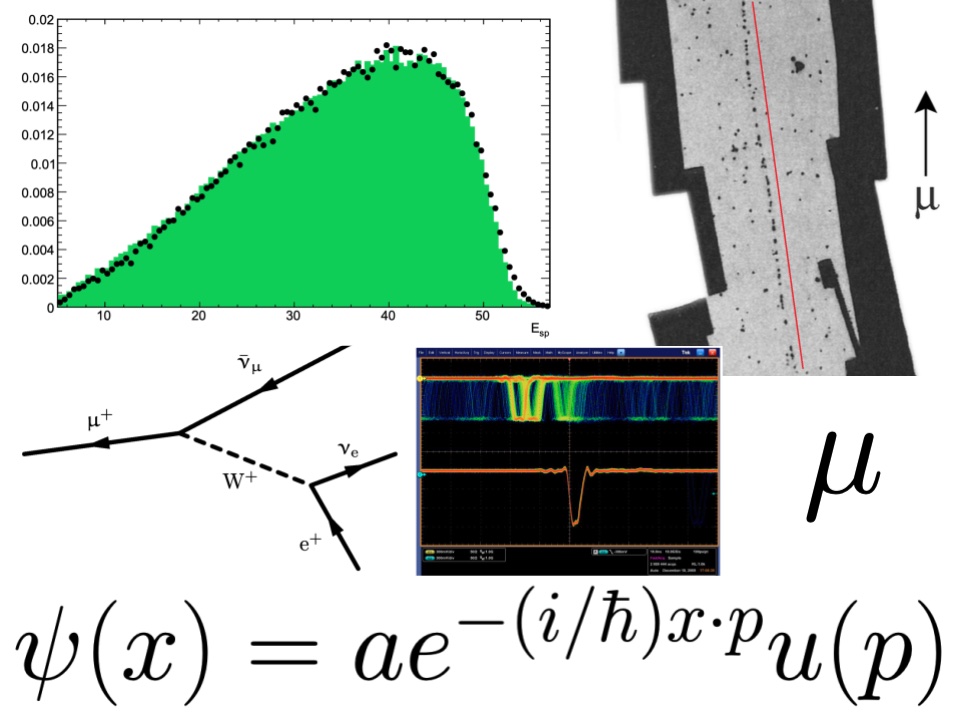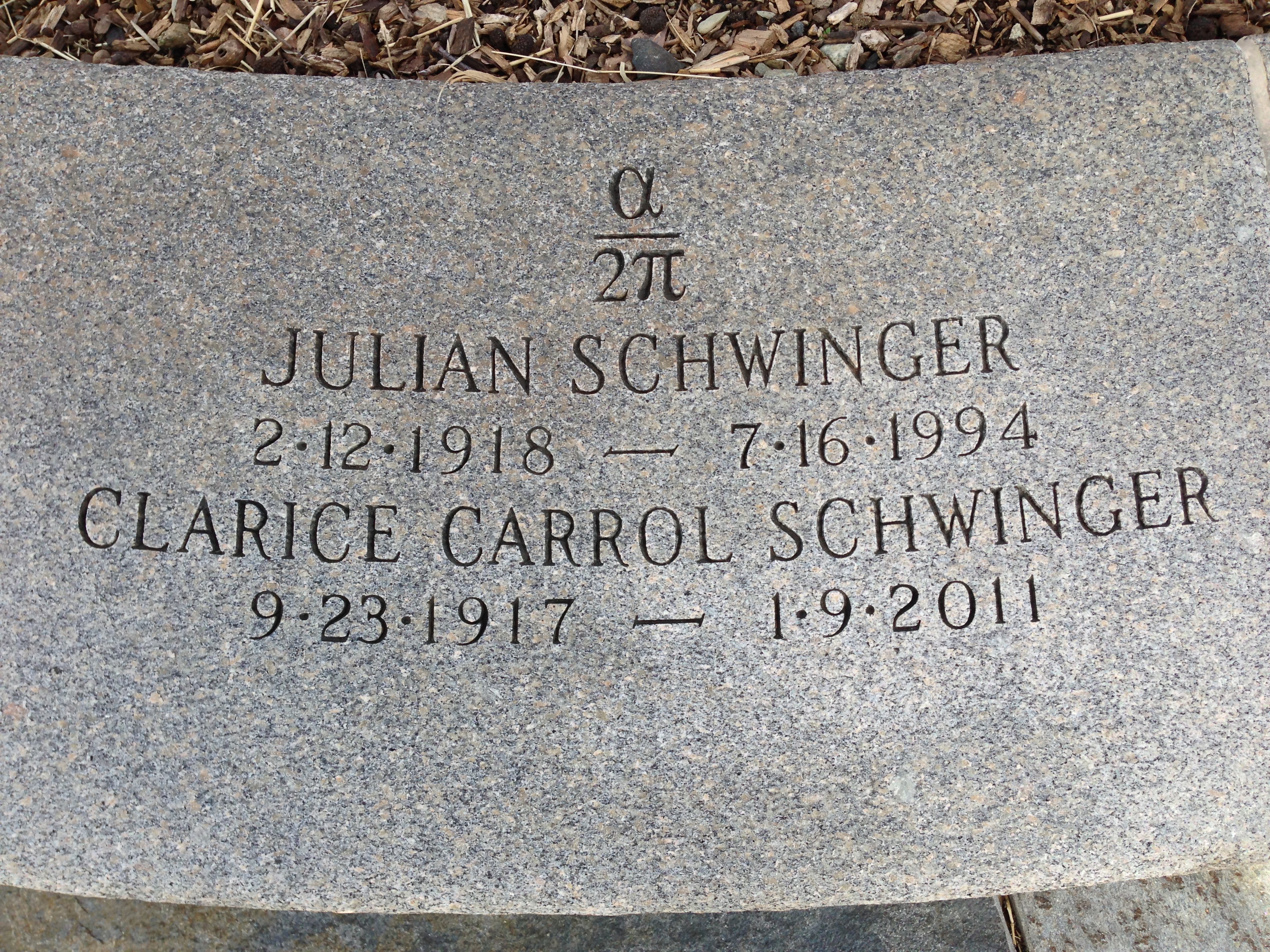Studying the Muon Teaches Us about the Universe and Ourselves

Peter Alonzi is Assistant Professor of Data Science at the School of Data Science in 2022, previously serving as the lead of research computing. Alonzi’s research areas include particle physics and the intersection of mental health and the criminal justice system. Since joining the School of Data Science in 2018, he has advocated for collaboration across the University of Virginia. He has partnered with the School of Engineering and Applied Science to study the intersection of criminal justice and mental health; the School of Medicine to study pediatric cardiology; and the Darden School of Business as a member of the Collaboratory for Applied Data Science in Business.
My fascination with physics began as a child. As I learned more about the discipline, I was drawn to a subsection known as particle physics; the endeavor to understand the fundamental nature of the universe. Throughout that course of study, one particle kept appearing on my radar, the muon. It famously appeared on the world stage in 1936, prompting the reaction, “Who ordered that?” and its continued study has helped physicists to understand the inner workings of the universe. I have been asked to write a few thoughts on the most recent performance of my dear friend, the muon. In the next few paragraphs, I hope to not only explain the significance of this event but also comment on the popular discussion of science from the perspective of the School of Data.
Thursday, April 8, 2021, The New York Times ran a front-page story entitled, “A Particle’s Tiny Wobble Could Upend the Known Laws of Physics." That particle was the muon, and I had the pleasure of playing a small role in the enormous effort to study that wobble. I suppose I should back up a step and say what a muon is and why we care about its wobble. It is simple enough to say the muon is a fundamental particle with the charge of an electron and spin-1/2 and that measuring its properties allows us to probe the fundamental nature of the universe with high precision. However, the reality is that description is not very accessible. Furthermore, in the physics community, we choose many different ways to describe the muon depending on the context.

From this collage, we see that the muon is, described mathematically, represented symbolically, known to decay and that decay is measurable, and that if we build a detector, we can make an observation of the particle itself. As to the question of why you should care, well, The New York Times says it right here…
There are many “laws” in Physics, and the most widely known laws are Newton’s Laws or the Laws of Thermodynamics. In this case, The New York Times is referring to the Standard Model of Particle Physics, our best theory for describing the physical world we see. A fair reading of this headline leads the reader to believe that we may have to flip everything we know about the universe upside down, to wit, “Upend.” But that does not mean the universe will vanish tomorrow or our cell phones will stop working. What it does mean is that if we measure the “wobble” precisely enough, we can test how good our Standard Model is. It just so happens that the recent result is at odds with the Standard Model and at such a level that we believe we may be indirectly observing some new physics. This “tiny wobble” is something we’ve known about for a long time. So long, in fact, that people have mentioned it on their tombstones:

This “tiny wobble” was first described in 1948 by Julian Schwinger in the Physical Review when talking about electrons, a close relation of the muon, and has subsequently been applied to the particle of our discussion, the muon [1]. This “wobble” which can “upend the known laws of physics” has been on the books since 1948! Let’s peer behind the curtain and take a look at the same headline, but this time from a peer-reviewed journal, Physical Review Letters 126, 141801, which was published on April 7, 2021, entitled "Measurement of the Positive Muon Anomalous Magnetic Moment to 0.46 ppm."
Do you see the difference? Let me put them next to each other:
vs.

Finally, we have come to my thought from the Lawn. On the surface, these statements seem very different. One says, “We may have to throw out all of the physics we know,” and the other says, “That thing we knew really well, we know even more precisely.” You and I know, however, that they are representations of the same underlying event. A measurement of the muon was conducted, just the most recent measurement in a long history, and the result was such that we might need to modify the Standard Model.
Much like the representation we choose for the muon from that collage I showed earlier, we also choose from the various ways we can represent our scientific results. In the School of Data Science, we say this process falls under the area of Design. This is the area where we think about the infinitely complex world and choose how to represent that in a finite way with which human beings can engage. Part of that process is understanding where humans are and providing the necessary context. For the headline in the peer-reviewed journal, the scholarly communication, almost no context is given because the audience is assumed to be following the discussion of particle physics. However, for The New York Times, the popular communication, the majority of the effort goes into providing context. The decisions we make as scientists in the presentation of our results to the public are challenges. We as scientists, as creators of knowledge, have an obligation to rise to those challenges when sharing our findings with the world. The burden is on us to do better so that the whole world can benefit.
I would like to thank the members of the University of Virginia who participated in the Muon g-2 experiment: S. Baeßler, D. Počanić, E. Frlež, J. Fry, and K. W. Hong. I would also like to especially thank David Hertzog from the University of Washington.
- A Revolution in the Air: The Wright Brothers Take to the Sky on December 17, 1903
- Musings on National Violin Day
- Making the Promise Real: How a UN Tax Convention Can Fulfill the UNDHR’s Vision
- UVA Club of Atlanta: Virtual Pilates Class
- UVA Club of Vietnam: J-Term Farewell Social
- UVA Club of Charlottesville: Hoos Reading Hoos January Book Club